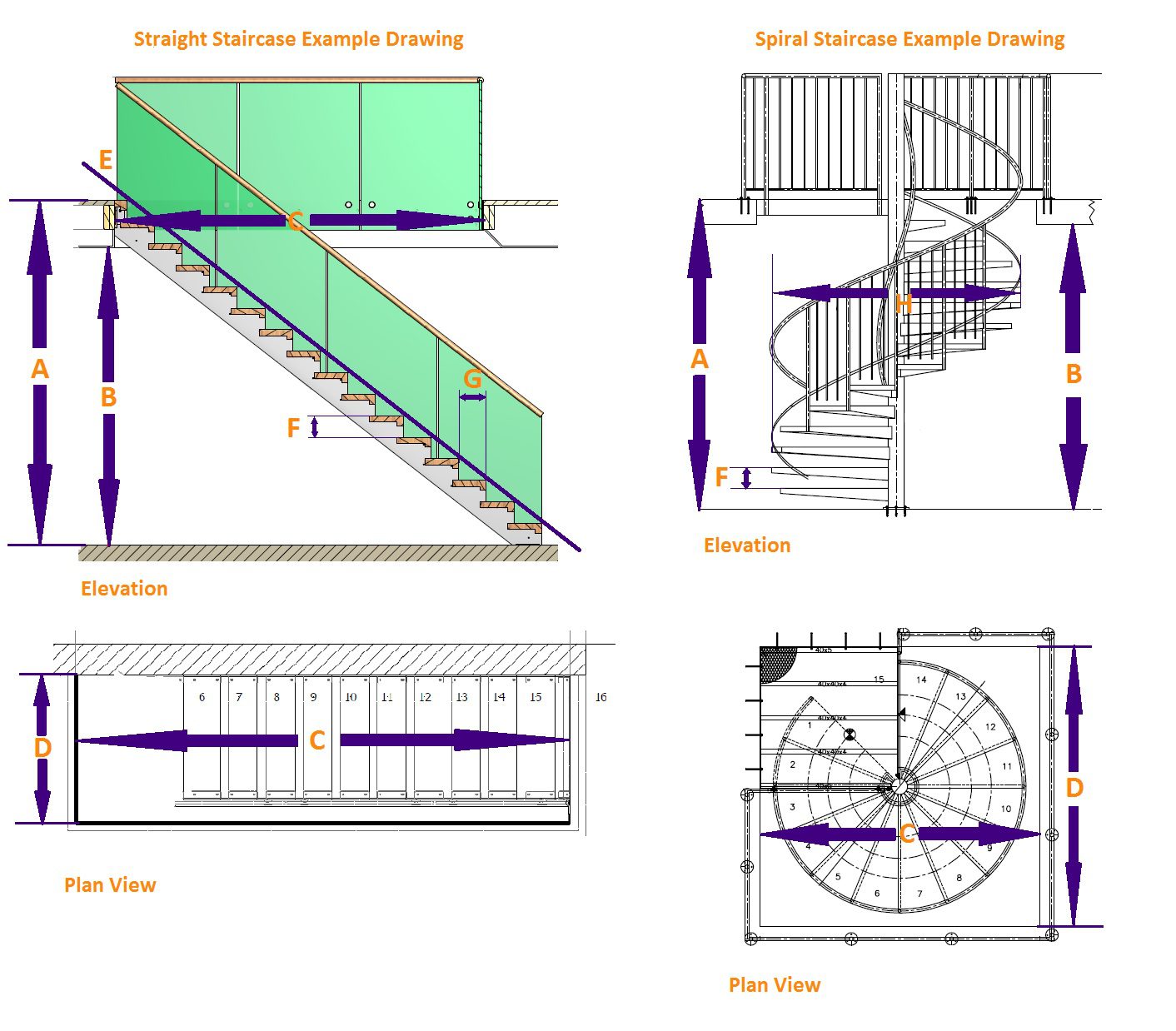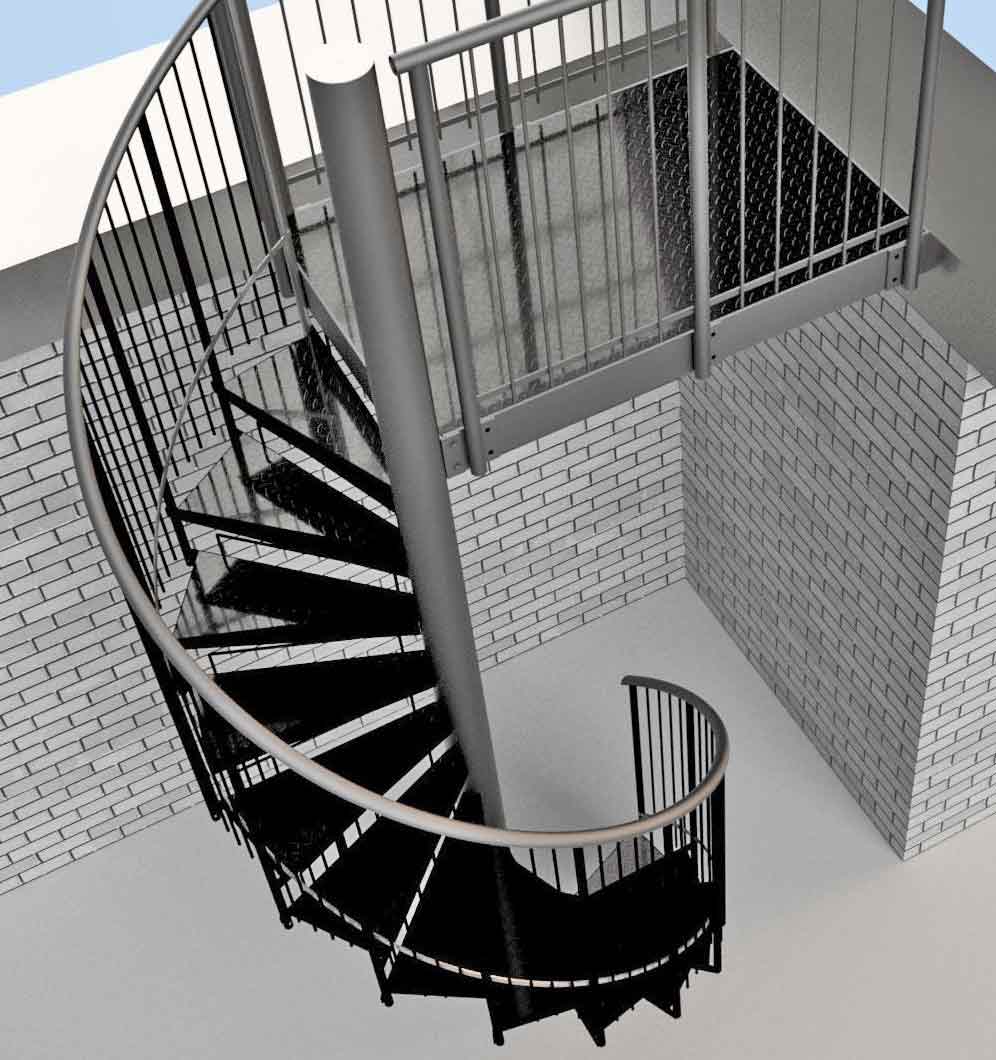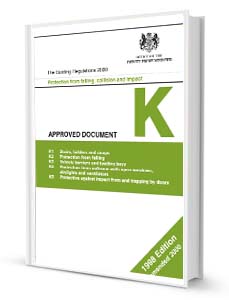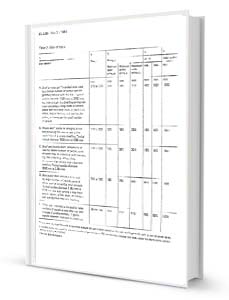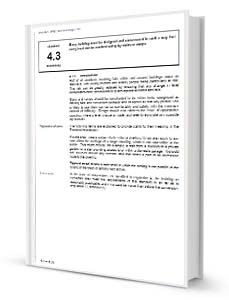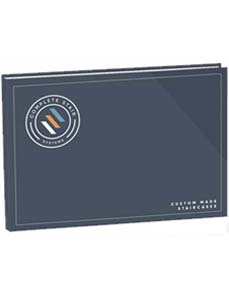Staircase Terminology
To help you understand this website and any subsequent conversations you have with us, this breakdown of the terms we use to describe the various measurements and elements of a staircase will prove beneficial.
Tread – The step you walk on. Generally constructed in wood, steel or glass.
Stringer – The structures that support the stair. Normally situated at foot level either side of the staircase. Mostly manufactured in wood or steel.
Spindle – The vertical member between stringer and handrail. Manufactured in wood, steel, iron.
Balustrade Infill – The description given to the void between handrail and stinger. Generally ‘infilled’ by spindles or glass panels.
Handrail – The hand support to one or both sides of a staircase. Often constructed in timber or steel.
Landing Balustrade – The handrail/balustrade infill continuing around the stairwell void for protection.
Riser – The vertical height from step to step
Riser infill – Many modern stairs have open risers (gaps between treads). This gap needs to be less than 100mm for building regulations. We offer steel riser bars, timber down or upstands, glass or acrylic half or full risers or indeed a completely closed riser in timber.
Tread Going – The horizontal depth of each step when viewed in plan.
Staircase Going – The total length of a staircase measured horizontally.
Clear Tread Width – The clear, unobstructed walking width from stringer to stringer / handrail to stringer etc.
Diameter – The overall, inclusive width of a spiral staircase
Stairwell – The opening in the floor where the stair will be situated
Landing Platform – The top step of a spiral staircase, generally level with the finished upper floor. Normally triangular or square in shape.
Pitch Line – The measurement showing the steepness of a staircase. The angle measured from the horizontal lower floor and an imaginary line running diagonally up the staircase touching the front of each step.
Floor to floor Height – The vertical height from one floor to the next.

